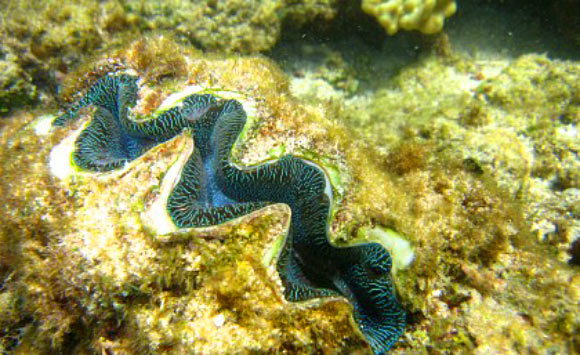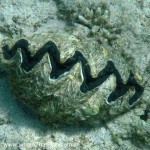There’s a new species of Tridacna giant clam that scientists have just “discovered” but guess what? Us reefers saw and noticed a unique clam species many years ago. The new Tridacna sp. has not been formally described but was discovered in genetic testing of Tridacna maxima specimens from across the Indo-Pacific region.
What the genetic analysis showed is that among what is typically considered maxima clams, a second species is hiding in plain sight in populations from Ningaloo, West Australia and the Solomon Islands. Now the new species could be more widespread than that but the Ningaloo reference lines up perfectly with the observations several clam aficionados have remarked about the uniqueness of this clam from Western Australia.
While the genetic analysis research published by Huelsken et al. in PLoS ONE does not make any remarks about the appearance of the new clam species, only the genes, we are feeling pretty good that they are talking about the toothy maxima clam from Western Australia with the really warty mantle.
A few years ago LiveAquaria received some of these unusual maxima clams from Western Australia and back then many of us remarked how different they looked. Even Julian Sprung himself called it flat out in a MACNA presentation that this particular clam is probably a new species, and here we have scientists catching up with super sophisticated molecular research techniques.
Since the paper highlighting the discovery of the new “cryptic” species within the Tridacna maxima is not a description of the clam’s physical appearance at all, we are only speculating that our aquarium observations are lining up with the discoveries in the laboratory. One thing that this paper elucidates for us though is that there is still plenty of discoveries to be made about even the larger more charismatic and culturally significant species of marine life, even the ones hiding in plain sight in the aquarium hobby.






